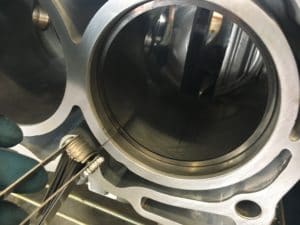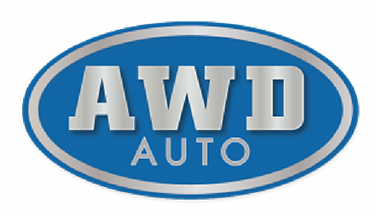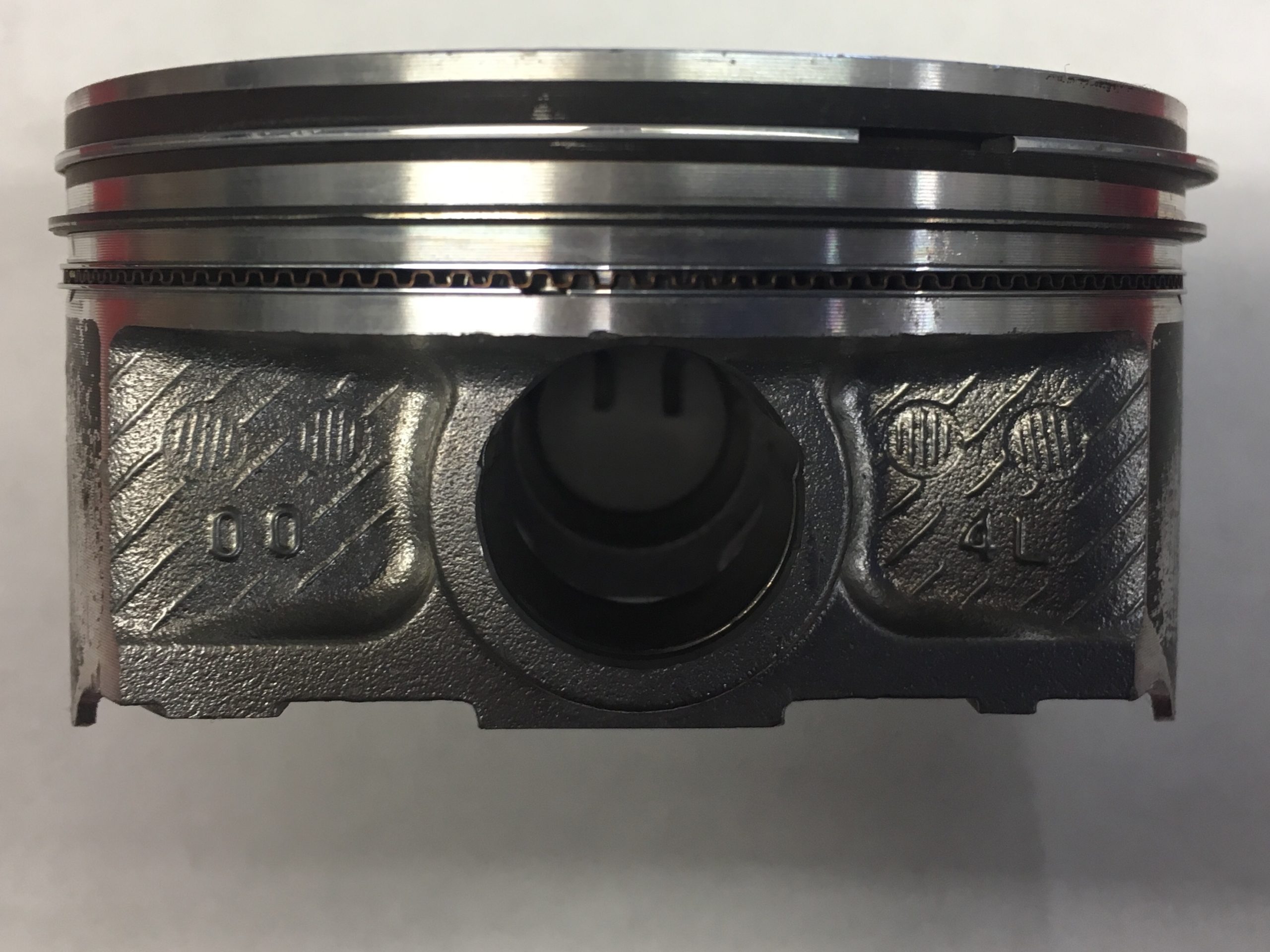[fblike url=”https://www.facebook.com/AllWheelDriveAuto/” style=”standard” showfaces=”false” width=”450″ verb=”like” font=”arial”]
Every car company at some point in time deals with some growing pains or they cease to exist. Many Japanese Imports have had to deal with higher than anticipated oil consumption rates due to trying to make the internal combustion engine a little more efficient. This is true of Subaru as it is, Honda, Acura Toyota etc.
With many of these potentially affected vehicles entering the used car market I thought it was good to point out which year and model Subaru vehicles might potentially be affected and what you can do as a potential buyer of one of these cars to limit the possibility of buying someone else’s problem.
The list of Vehicles that Subaru has Identified and issued a TSB (Technical Service Bulletin) for the potential of higher than acceptable oil consumption rates are as follows:
- 2013-2014 Subaru Legacy and Outback with the FB 2.5l Engine
- 2011-2014 Subaru Forester with the FB 2.5l Engine
- 2012 -2013 Subaru Impreza with the FB 2.0l Engine
- 2013 Subaru Crosstrek with the FB 2.0l Engine
What I like to point out is that any FB series engine pre 2015 is susceptible to oil consumption issues. Some of the vehicles that were part of the earlier repair methods before Subaru finally starting replacing entire short blocks rather than trying to pay a flat rate technician a pittance to replace piston rings under warranty are very susceptible to oil consumption issues as well as severe oil leaks.
Knowing the entire service history on any used Subaru is always a great starting point when considering a particular used Subaru for purchase. Now it’s mandatory that you know the entire history. If you are looking at a pre 2015 FB equipped Subaru and you learn it’s one of the earlier repaired vehicles that did not get a new short block, well I would keep looking. Regardless of any extended warranty that is being offered, keep looking. I am not telling you to avoid the list of vehicles I have posted above, but I am telling you it’s crucial to know how it was repaired if it was affected, if it has not been repaired or even if it has, does it use oil at a greater rate than what is considered normal by Subaru or what would be acceptable to you. If you are buying a used car at a used car lot or the used car side of a new car dealership and there is no service history either that comes with the car or part of a Carfax service history report available to you, keep looking. If you are buying the Subaru from a private party that has done anyting but own the car since new, has the service history to show you and or you have great confidence that they are being 100% completely honest and transparent, keep looking.
Here is the issue, an oil consumption test is typically done over the course of 1000 miles typically and is as follows: the oil is changed by a professional technician who ensures the engine oil is at the proper level before it leaves, the owner or consumer then drives the vehicle for 1000 miles (again on average); taking it back to the shop doing the test and having it topped off and the oil use recorded as needed. In some cases the driver may be the one that tops off and records the use. The oil consumption test only confirms the need for corrective action, it does not reveal what is causing it. Most likely in a FB engine it’s the oil control rings, however it’s also possible the valve guides or stem seals are the cause. The only way to know for sure is to remove the engine and tear it down to inspect and measure tolerances against specifications.
Pictured below are a Subaru Piston and Ring set as well as the act of measuring a compression ring against specifications using a feeler gauge.
 Subaru Piston and Rings
Subaru Piston and Rings
 Subaru Piston Ring Check
Subaru Piston Ring Check
Does any of this sound like something that could just be checked before you buy it? The answer is most definitely not. There just isn’t anything that even we can do during a prepurchase inspection to really try and rule out if the Subaru you are looking at might be a car that is going to use oil. None of this means that all of these cars should be avoided at all costs ,just that you need to use caution when buying this era Subaru. Much in the way that for a period of time you needed to proceed with caution if buying a home with LP siding during the 90’s, it sure didn’t mean the house was worthless just that whomever bought it knew and accepted that they may have to reside the house, sometimes with participation from the siding manufacturer and sometimes not. If you buy one of the Subaru models that might possibly be affected by this, and it happens; there is a chance Subaru steps up and takes care of it. However, that’s not going to be the case for every Subaru and every Subaru owner. I believe that everyone considering one of the Subaru models I have outlined above should only do so with the knowledge of what could be and that is precisely the purpose of this post.
Thanks for reading
Justin Stobb
“Helping you with your Subaru”


Trying desperately to get enough info to decide whether or not to have repairs done on 2005 Subaru Forester with 230,000 miles…my son is driving it (very responsible driver) and we live in Georgia but he is in school in New Jersey so we know no mechanic or anyone in that area. Body is good and I am hesitant to “give up” on the vehicle because who knows if it will do good for awhile after this…Brakes locked up in the lite snow and he took to pep boys…they said $900 for rotors, calipers, etc, calipers were leaking etc. so I said go ahead…after that was done they said it was not fixed and computer said it needs hydraulic unit assembly (replace vdc?) but Subaru dealership would have to install & program $1449 for part & $375 to program…any words of wisdom? Help please ????
Hello Brenda,
Its always difficult to advise you on a Subaru I just cant see? I don’t know why Pep Boys couldn’t fix it if it’s really a 2005?
As far as what to do now. You started by saying it seems like a good car, and your sure not going to find one better for $2000.00. I know it sucks you paid Pep Boys to do one thing and now you have to do another, which is one of the reasons I always suggest you need to have a relationship with a shop that knows Subaru. I am sorry that you don’t have that now. I would have the car fixed and find a good shop for the next time. Thats just the best advice I can give you right now.
Sorry I cant offer more.
-Justin
I’m curious if there is any kind of emission test that might expose the oil consumption. It seems that if an engine is burning a quart of oil over 1000 miles the exhaust system would show some indicator of it?
Hey Jeff,
No the temperature in the Catalyst is so high it burns it away which is also why newer Model cars that use oil do not smoke until it’s more than the convertor can burn away.
Pre OBD cars smoked pretty bad as the used oil, this is why it kind of seeks up on people as there really are not a lot of symptoms.
-Justin
Hi Justin,
I’m looking into buying a 2012 Subaru Forester 2.5X Premium. It has had 2 owners and has 114,697 miles on it.
I’m looking at the car fax and there are no service records between 36,000 and 85,000 miles.
It was sold to its 1st owner in December of 2011.
I already test drove the car and found that the heat shield is loose. The seller is willing to repair the loose heat shield and send it to the dealer to have the brake pipe corrosion treatment completed.
After reading this article, I’m concerned that this car might have oil consumption issues. I have no idea what a shot block is and whether this particular car would need a new one after a certain number of miles, or what, but I just want to make sure I’m getting an excellent quality vehicle that will last me many years as this is my first car purchase!
I also test drove a 2009 Forester with only 67k miles on it, but the exhaust looked so rusty underneath and it had 3 recalls (which the dealer said it would have fixed before sale). I like that this model has way fewer miles, but with all the corrosion on the flanges and the exhaust, I feel more comfortable with the newer model (even though it has more miles).
I’m hoping you can help me get some peace of mind and understand what my best option is while I try to make this very important decision.
Thank you so much for reading, and for your help!
-Stephen
Hello Stephen,
The no service record thing bothers me a bit and I really would keep looking, unless however a Subaru shop near you takes a look and gives it a thumbs up.
Sorry if this comes late, your comment ended up in spam.
-Justin
How much oil loss is acceptable? I’m an original owner of a 2013 Legacy with 130k. Since your shop is a little too far from Oklahoma, I bring regularly to my local dealership.
Hello Glenn,
So most car manufacturers state that up to 1 quart per 1000 miles is considered normal, however many drivers don’t feel that is acceptable.
Hope that helps
-Justin
Justin, your article motivates me to ask for more understanding. It asserts that building a petroleum engine with greater fuel efficiency may result in more oil consumption. Why so? What ways do engine builders try to address this problem? Specifically, what did Subaru try to do to their replacement short block to address this problem?
Thanks for your mechanical enlightenment!
So typically an engine builder will request the engine is broken in with a different grade of non synthetic oil for a period of 20 miles to 500 miles (depending on the builder) before putting synthetic oil in. The issue is that 0w20 oil does not lend it self to break in, it does help free up the rotating mass to increase efficiency which is why many manufacturers have gone that way as an easy way to try and reach C.A.F.E standards. Many of the Japanese car makers did this, and most of them have had to change the surface of the oil rings to help with proper break in before the oil control rings wear prematurely.
The Piston rings in the replacement short blocks have a different surface treatment and that has been the fix thus far.
Thanks
-Justin